

Dedicated to positioning procurement as a catalyst for business growth



Dedicated to positioning procurement as a catalyst for business growth
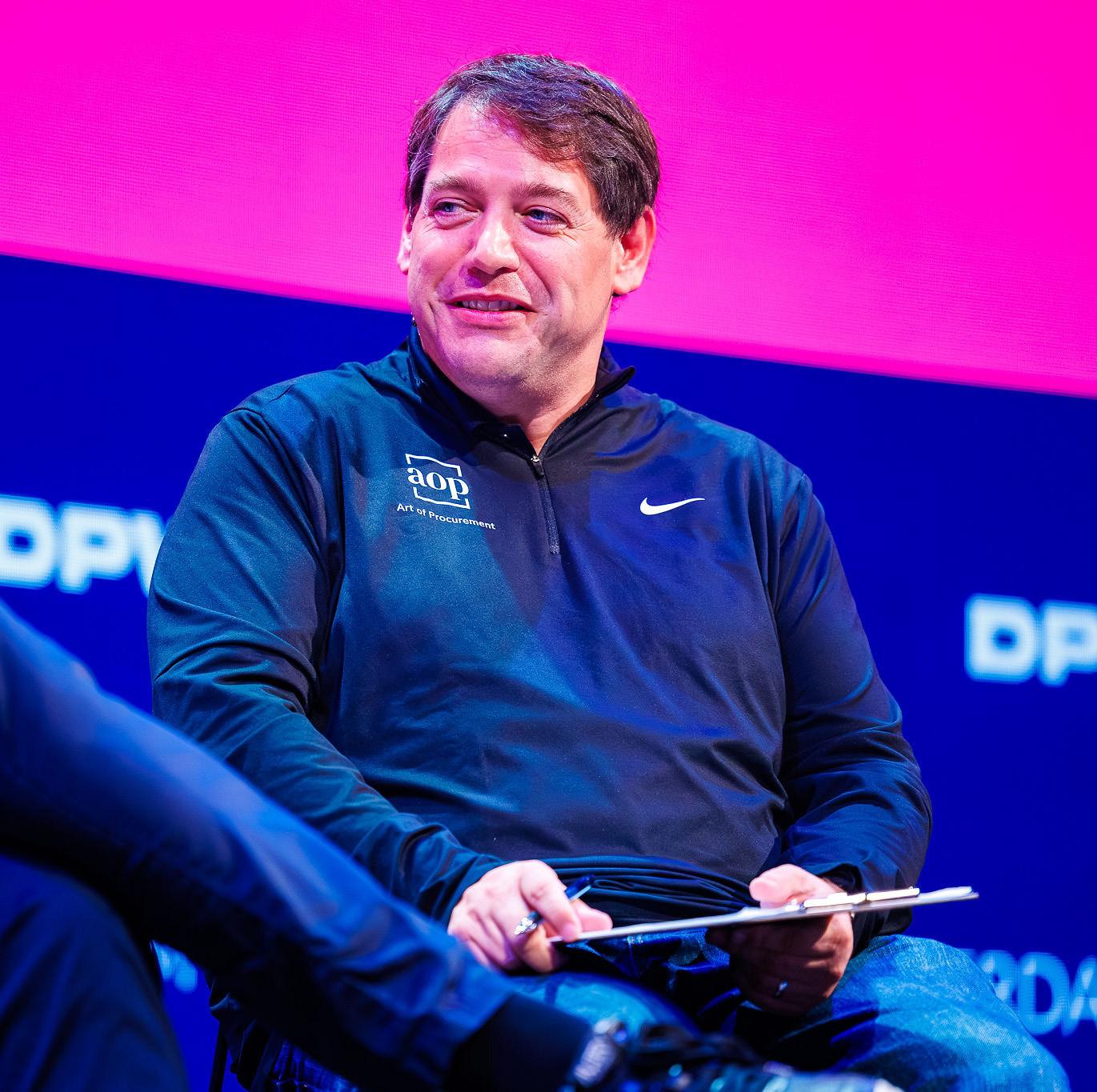

In the evolving landscape of procurement, adaptability and innovation are crucial. Philip Ideson, Managing Director of Art of Procurement, reflects on the platform’s journey since 2015. With experience at Ford, Pfizer, and Accenture, he has witnessed the industry’s challenges and opportunities. In this interview, he shares how Art of Procurement has transformed from a podcast into a comprehensive media and consultancy business, driven by customer feedback and the demand for high-quality insights. Philip discusses the core values guiding their operations and explores future trends, offering a compelling vision for how Art of Procurement empowers professionals worldwide.
Can you share the inspiration behind starting Art of Procurement in 2015 and how your background in procurement shaped the creation of the platform?
Before starting AOP, I worked for about 15 years as a procurement practitioner for companies like Ford Motor Company, Pfizer, Chiquita, Ally Financial, and Accenture. I was lucky enough to become a Head of Procurement relatively early in my career, and I also spent time living and working in India, managing a captive shared services organisation.
Having spent a lot of time in the outsourcing and offshoring world, I decided to leave my last role as a practitioner at Accenture to start an advisory business that helped companies optimise their procurement operating models. I was inspired to start that company because of the many transformations I had been involved in, and especially during the time I spent in India, I noticed how so many procurement professionals were resistant to, or even afraid of, driving change, and that worried me. I believed that the profession was about to go through a significant transformation with all the new delivery models and technology coming into the mix. I was concerned that if we didn’t embrace that change, then the future of procurement would instead be determined by those executives in the organisation who didn’t have a good perception of the value that procurement could bring – and this could be an existential issue for all of us.
I started the AOP podcast shortly after that to help tell the stories of companies that were successful in driving change and to provide a resource where procurement practitioners could learn about best practices and emerging trends. At the time, this information was only really available to people who could afford to go to procurement conferences. And I figured that if no one listened, it would still be great for my own personal learning to have the opportunity to speak to, and build connections with, leaders in our industry.
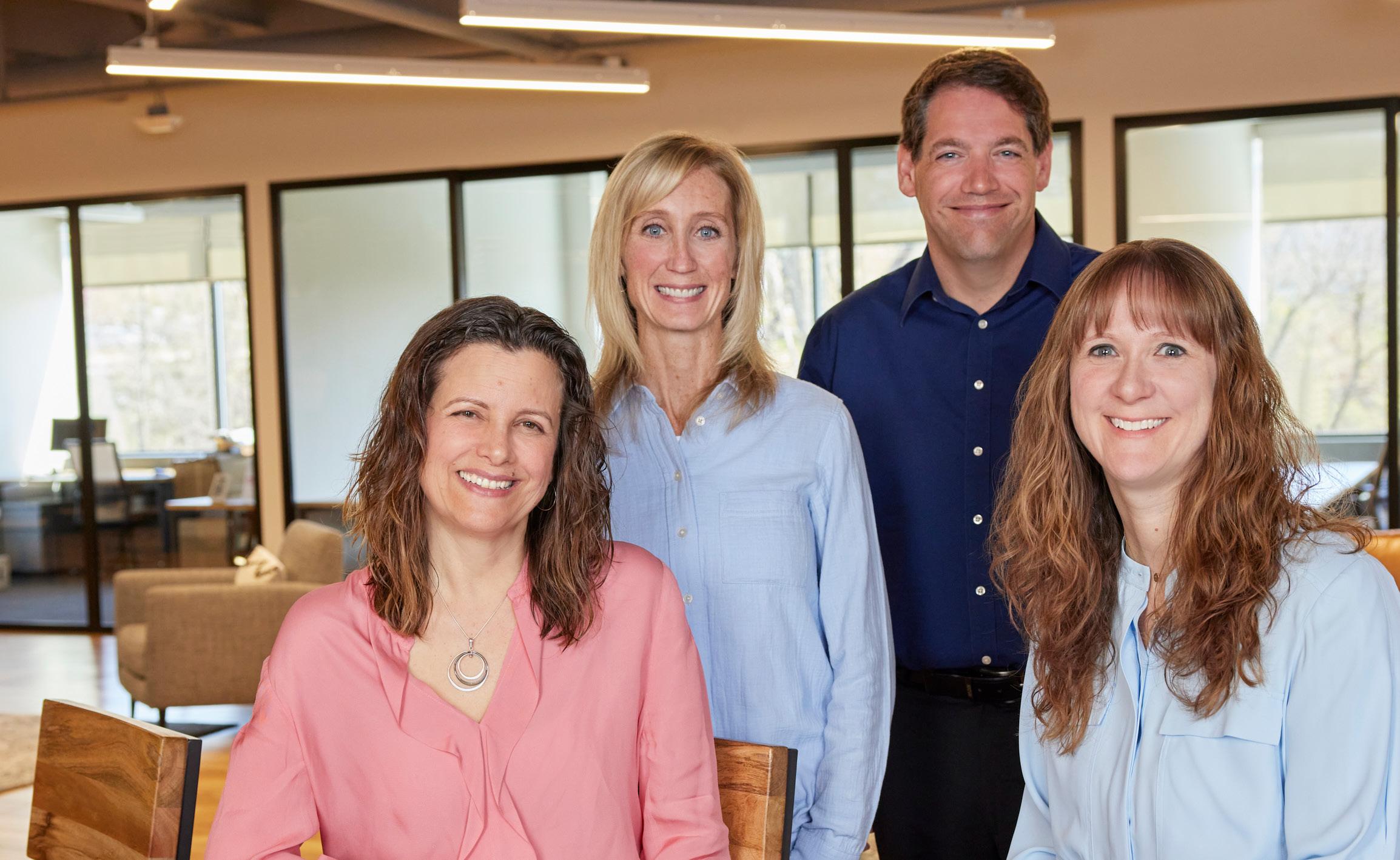
Art of Procurement began as a podcast and has grown into a comprehensive media and consultancy business. What have been the most significant milestones in this journey?
The single biggest influence on our growth as a business has been my collaboration with Kelly Barner. Kelly is a fellow former procurement practitioner, so we share that in common, and she’s the leading content creator in procurement. It’s no surprise to any of us familiar with her work that she’s regularly ranked as #1 on the Thinkers360 list of procurement influencers. But Kelly is also a wonderful business operator, and our strengths are very complementary to each other (as are our mutual overuse of Mr Bean GIFs as a method of communication).
I first interviewed Kelly as Episode 6 of the podcast. At that time she was leading her own company, Buyers Meeting Point. Over the years, our collaboration grew stronger, and Kelly is now my co-partner in the business, and Art of Procurement acquired her Buyers Meeting Point and MyPurchasingCenter brands in 2023.
AOP’s growth trajectory really took off in 2021, and we’ve grown 5X since then. We’ve gotten here by focusing on growing both the content and consulting sides of our business. From the content side, we work with a number of procurement SaaS and software companies to help them tell stories about their businesses in ways that are engaging for procurement practitioners. On the consulting side, we launched a new brand called SpendPros in early 2024 that builds on our 9 years of experience providing advisory and consulting support directly to procurement teams. – With SpendPros, we can support procurement with things like sourcing and category management, transformation and digitisation support, or learning and development.

How has Art of Procurement influenced the procurement industry, and what feedback have you received from the community about its impact?
In some regard, I think that is for others to speak to in terms of how we have influenced the procurement industry. That said, we receive positive feedback every day from our community members. For example, just looking at our Net Promoter Score, our rating of 69 is 3 times higher than the media industry benchmark. Being a trusted source of information is at the forefront of everything we do, and I think it shows in a lot of the metrics we track, like the NPS.
Early in my journey with AOP, I had so many CPOs telling me that there was no place for them to go to get access to executive-level content and insights like we were producing. At the time, that was by accident—I was just creating content that I, as a former Head of Procurement, found interesting. However, from that moment onwards, we have deliberately focused on content aimed at procurement leaders, change agents, and those who aspire to be.
“I believed that the profession was about to go through a significant transformation with all the new delivery models and technology coming into the mix.”
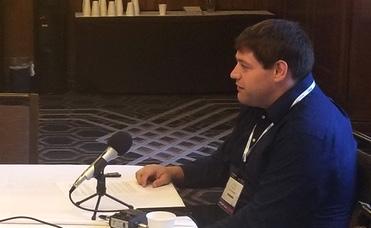
One of your core values is “No Jerks.” How does this value guide your business practices and interactions with clients and partners?
Part of why both Kelly and I left the corporate world is because we wanted the ability to choose who we worked with. We wanted to enjoy our work every day and surround ourselves with positive, inspiring colleagues and clients. This drove our “no jerks” core value, and it was the first value we wrote down when trying to articulate what we stand for. When you build this into business practices and interactions, a couple of things come to mind. The first is empathy. For example, being former practitioners, we can truly empathise with the day-to-day challenges that our community of readers, viewers, and listeners face. We are careful to take that into consideration in the way we create content and in how we encourage our community to drive change in their organisations. We also know how busy they are, so the last thing we want to do is waste their time with throwaway content or hyperbole.
We also use this value to determine who we partner with—or do not partner with. It is critical to us that everyone we work with also embodies this core value.
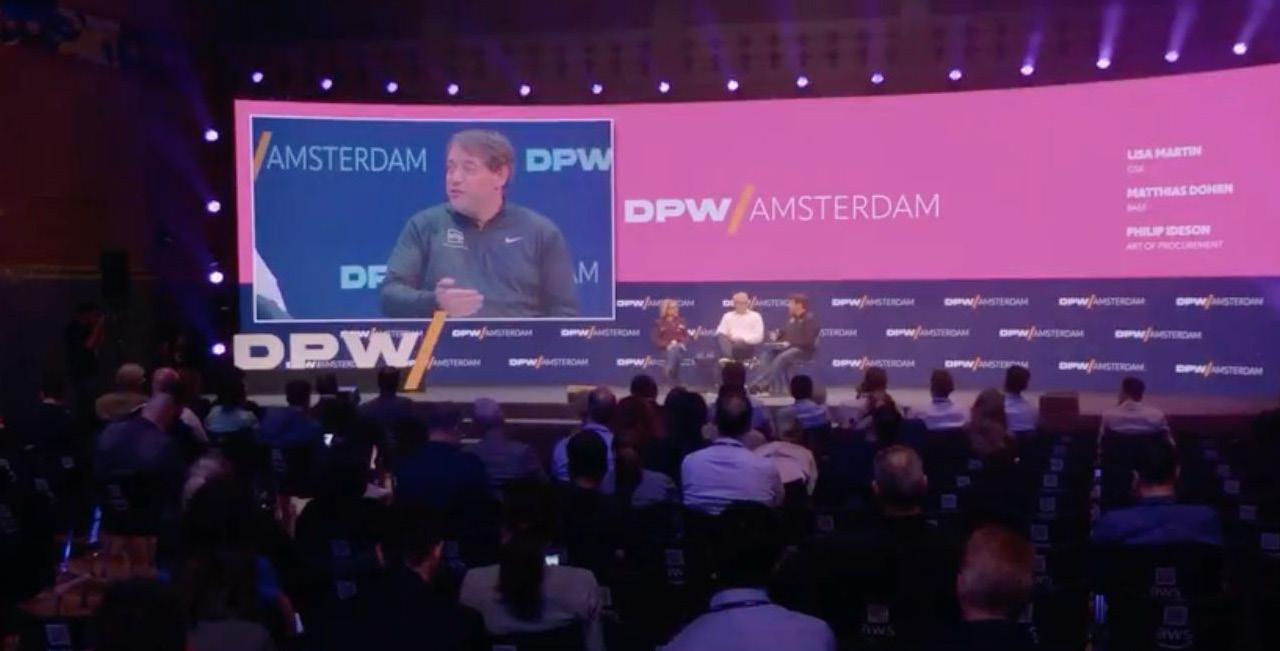
With the rise of digital tools in procurement, how is Art of Procurement leveraging technology to enhance its services and provide value to its audience?
We are currently building a roadmap that will help us integrate digital tools into our solution set for procurement leaders on the consulting and services side of our business. In the meantime, we are primarily focused on using technology to help our audience more quickly find the content that can help them in real-time from our library of over 1,000 webinars and podcasts. We have a new website that will be launched shortly—possibly before this article is published—that will be the first step toward achieving that goal.
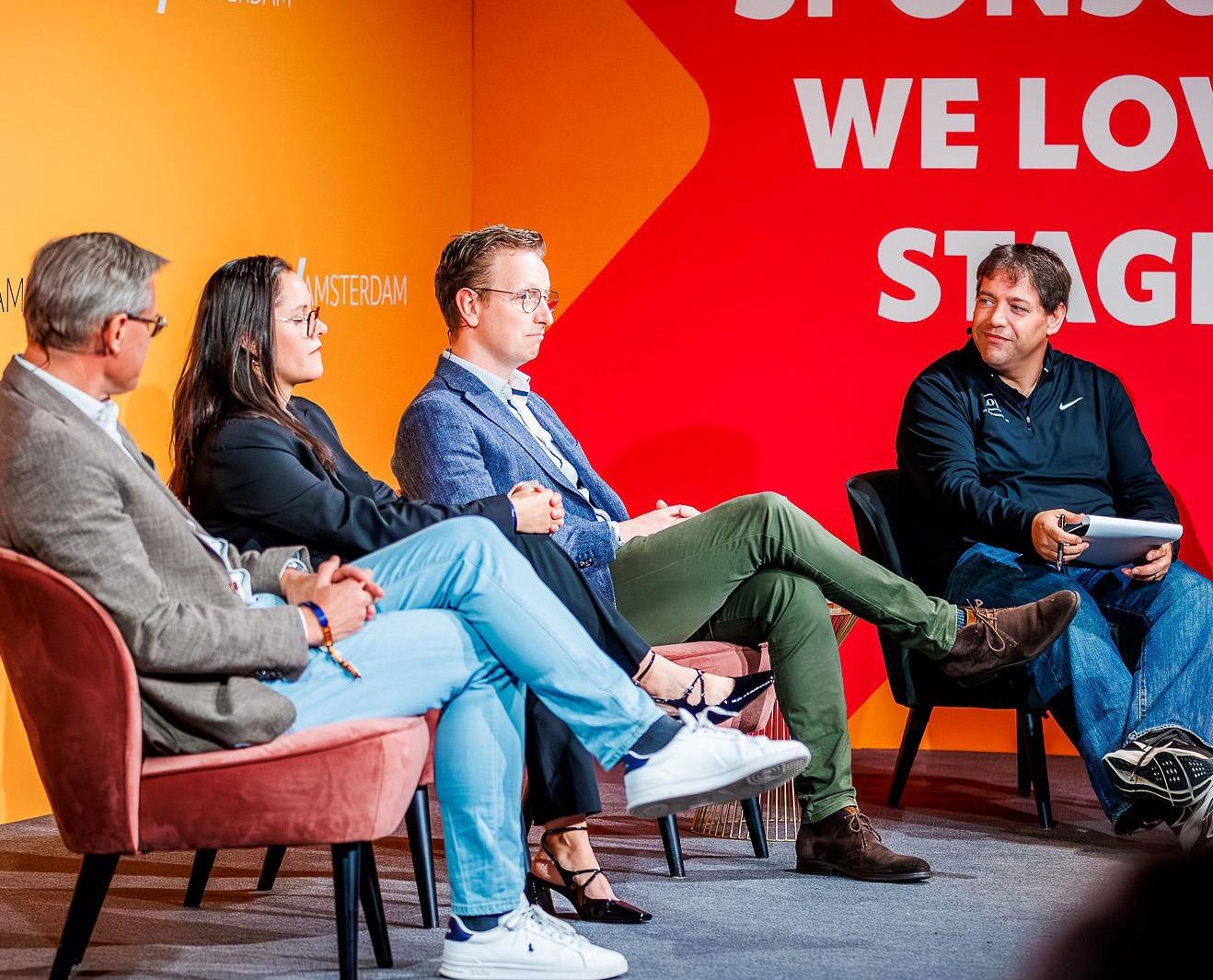
Art of Procurement offers a variety of resources, including webinars and podcasts. How do you decide on the topics to cover, and what do you hope your audience gains from these resources?
We are very deliberate in not trying to create content that appeals to all of our community all of the time. We want to dig down into the weeds and explore the nuances that may only be relevant to a small subset of our audience—but for those whom it is relevant to, it is highly impactful. By doing this consistently, we build a library of content where there is something for everyone.
We select topics in a few different ways. First, we think about what is interesting to us as former procurement leaders. We also consider what are the big trends that procurement professionals need to be aware of and best practices that will help them elevate their impact. And we also never forget to ask ourselves, “what is our audience seeking? What do they want or need to know?” We try to make those decisions by doing things like surveying our community, speaking directly to them one-on-one, through insights gained from the consulting side of our business, and by observing what content they are already engaging with.
You’ve mentioned that building Art of Procurement requires resilience. Can you share some challenges you faced and how you overcame them?
Before embarking on this journey, I would often read that entrepreneurship was a rollercoaster. I thought this was just another tired cliché. How wrong I was! We have faced LOTS of challenges over the years. Here are a couple of examples:
For the first five years of the business, I invested all of my family’s personal wealth (plus a lot more) into the business. By outside metrics, we were successful—I was always told what a strong brand we were building. But by the only metric I really cared about—putting food on the table—I was failing. I could have quit many times over. In the end, we sold our home and moved cross-country because I was convinced that I was just missing how to connect the dots. I kept “fighting to see another day” long enough to figure things out, and eventually, we started to see the light at the end of the tunnel, and the business has grown from there. During the lean times, I’d convinced myself that I was just not a good salesperson. What I learned is that it wasn’t that I couldn’t sell, but that I wasn’t confident in what I was selling. When I became much clearer about our value proposition, that drove changes to our positioning and focus, which finally led to the positive momentum we see today.
For another example, earlier in our journey, another company in our space took legal action against us out of the blue. We were down to my last $5K in the bank, and I felt that was it—I’d have to close the business down. We survived—just—but this experience gave us a newfound energy, which ended up being the turning point in our business, and we never looked back.
What trends do you foresee in the procurement industry over the next decade, and how is Art of Procurement preparing to address these trends?
Since I entered the procurement profession in 2000, there has always been speculation about how different things would be in 10 years. But when I look back, not much has fundamentally changed over these years.
That said, the next 10 years have the potential to be the most transformative decade in the history of procurement, one that could determine if we even exist as a centralised or centre-led function by 2035.
I personally foresee a much smaller, leaner procurement organisation in the future. Around 80% of purchases made by an organisation will be directly managed by the business, but within guardrails governed by procurement and enabled by technology. The procurement team of the future will consist of generalists—digitally literate relationship builders with commercial acumen—who can translate business needs into procurement-driven solutions. These teams will be a hybrid of internal and external talent, with external category experts supplementing an internal team.
At Art of Procurement, we are addressing these trends in two ways: First, from a content perspective, we collaborate with a wide range of leaders both inside and outside of procurement to understand the latest trends and the pace of adoption. We use these insights to steer our content program.
Secondly, on SpendPros, the consulting side of our business, we have built a service offering that gives procurement teams access to category-specific subject matter expertise on an on-demand basis, helping them gain the expertise they need, when they need it.
Art of Procurement has a global reach. How do you engage with a diverse audience, and what strategies do you use to ensure relevance across different regions?
Approximately 60% of our community is based in North America, 20% in Europe, and 20% is spread across the rest of the world. We try to reflect this diversity in the content we create—ranging from the location of our guests to the relevance of our content for practitioners in different regions.
To make sure that our content resonates globally, we feature perspectives and insights from a variety of markets. Also, we regularly seek feedback from our own audience to understand their unique challenges and interests, which helps us to tailor our content to meet the needs of a diverse, global community.
Can you share any exciting projects or initiatives that Art of Procurement is planning for the near future, particularly those aimed at further empowering procurement professionals?
We are currently revamping the entire Art of Procurement website, making our library of over 1,000 podcasts, webinars, blog posts, and short-form videos far more accessible and organised by best practice topics or technology segments. We’ll use AI chatbots to help our community access the content they need when they need it. We are also developing a new section that will help procurement leaders to ‘demystify’ the procurement technology stack by enabling them to conduct all of their initial research in one place.

Art of Procurement is a leading platform dedicated to advancing procurement practices. Through podcasts, events, and consulting services, they empower procurement leaders to drive strategic value, optimise processes, and inspire innovation across the procurement landscape.

